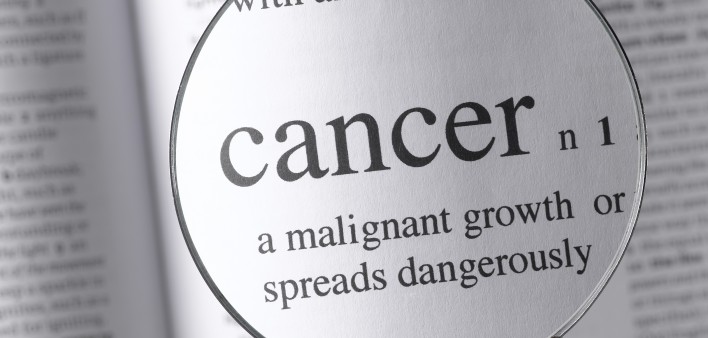By 2030, the most common cancers among people with HIV are projected to be prostate and lung cancer.
Publishing their findings in the Annals of Internal Medicine, researchers analyzed data from the National Cancer Institute’s HIV/AIDS Cancer Match study, modeling cancer diagnosis rates during 2000 to 2012 to make projections about how rates will change from 2013 to 2030.
The U.S. HIV population is steadily aging, thanks to effective antiretroviral treatment. In 2006, an estimated 27 percent of the population was age 50 or older, a proportion that increased to 45 percent in 2014. Between 2010 and 2030, the proportion of the population age 65 and older is expected to increase from 8.5 percent to 21.4 percent, while the proportion that is age 45 to 64 is expected to increase from 39.4 percent to 47.7 percent.
Between 2000 and 2012, the 463,300 HIV-positive adults in the HIV/AIDS Cancer Match Study were diagnosed with 23,907 cancers. During this period, the annual diagnosis rates (known as incidence) declined for Kaposi sarcoma (KS), non–Hodgkin lymphoma (NHL), cervical cancer, anal cancer (among men who have sex with men), lung cancer, Hodgkin lymphoma and other cancers among all age types. Colon cancer incidence decreased among those age 65 and older. Meanwhile, prostate cancer incidence increased among men ages 35 to 64.
Overall, cancer incidence among the U.S. HIV population is expected to decline through the next decade.
Among three AIDS-defining cancers, the estimated numbers of diagnoses seen in the U.S. HIV population in 2010 and projected to occur in 2020 and 2030, respectively, according to the study authors’ analysis were: 8,150, 7,490 and 6,690 diagnoses of NHL; 1,490, 750 and 450 diagnoses of KS; and 120, 50 and 30 diagnoses of cervical cancer.
As for non-AIDS-defining cancers, the respective numbers of diagnoses seen in 2010 and projected to occur in 2020 and 2030 were: 5,420, 6,150 and 5,980 diagnoses of lung cancer; 830, 910 and 1,030 diagnoses of prostate cancer; 750, 1,340, 1,590 diagnoses of anal cancer; 360, 460 and 480 diagnoses of liver cancer; 300, 200 and 120 diagnoses of Hodgkin lymphoma; 250, 320 and 340 diagnoses of oral cavity/pharyngeal cancer; 220, 260 and 260 diagnoses of breast cancer; 220, 230 and 200 diagnoses of colon cancer; and 1,910, 1,880 and 1,510 diagnoses of other types of cancers.
The study authors concluded that their findings stress the importance of expanding access to HIV treatment and cancer prevention, screening and treatment.
To read a press release about the study, click here.
To read the study abstract, click here.







Comments
Comments